When approaching a scene, many photographers can be overwhelmed by the possibilities before them. Where is the best place to stand? Which angle should I use? Should I shoot a wide-angle scene, a detail, or try to make a portrait? Crucially, many photographers struggle with knowing when the all-important “decisive moment” occurs. With time, most photographers find a rhythm to their shooting and develop a style that is their own.
In The Moment Before five successful photographers explore in-depth what they look for when they shoot. By walking through their thought process when shooting and culling, these photographers give insight into what happened just before they got the shot they were after and the steps they took to get there. Here, they share some of their favorite tips and show how an imperfect photo can lead to a memorable image just a few moments later.
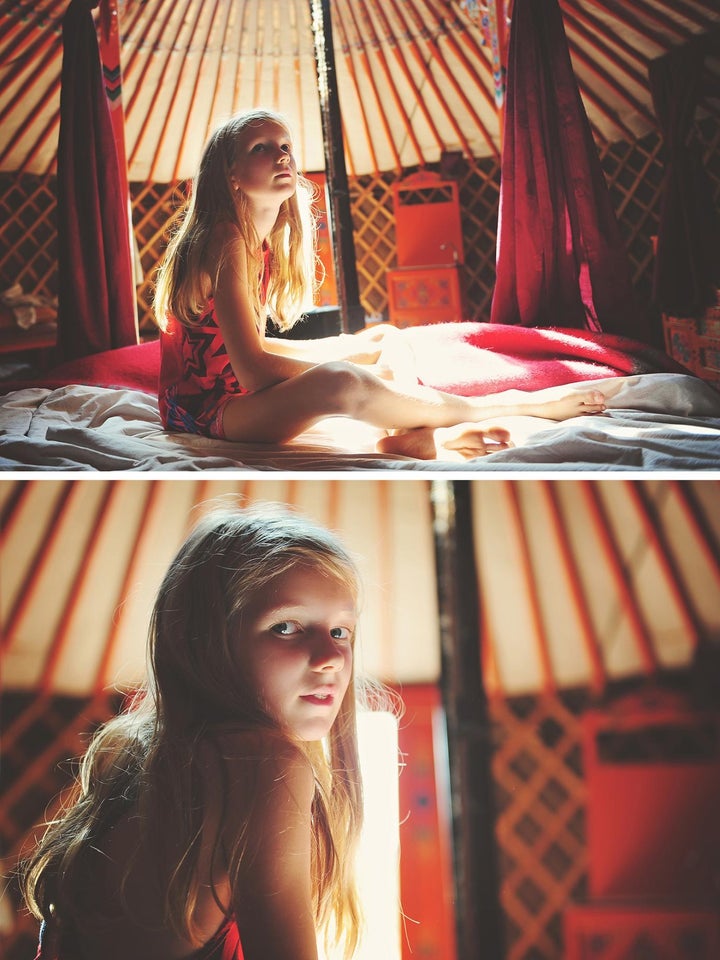
I love to collaborate with my kids on photos - I don't like them to pose or model, but I want their ideas, and thoughts and to capture them being truly themselves. As a mother, this is how I want to capture real authentic moments in their lives. Often I'll suggest something to them and then see what they come up with and small prompts of guidance from me, such as moving them to where the pretty light is, helps to create moments that allow their personalities to shine through and where I know them well enough to anticipate when the photo I truly want is going to happen. Other times I simply listen to their hearts and wait, and snap, and I know it's "the moment" only when I see it.
I love to capture my kids as we travel as we spend a lot of our lives on the road. In this photo there was the most amazing light filtering in to the ger (yurt) we had rented in Mongolia. It was coming from both overhead and behind my daughter and she was lost in a little dream world sitting on the end of my bed. I disliked the blown out highlights on her legs where she was hit by direct light so I simply zoomed in more to remove that distraction from the frame, and then asked her a question. I caught the second moment, where the light beautifully highlights her, as she turned to answer me and as her Mama I love it as it has her slightly quizical look as she asked what i wanted. To me, these small moments that happen with just minimal prompting are the ones I love the most.
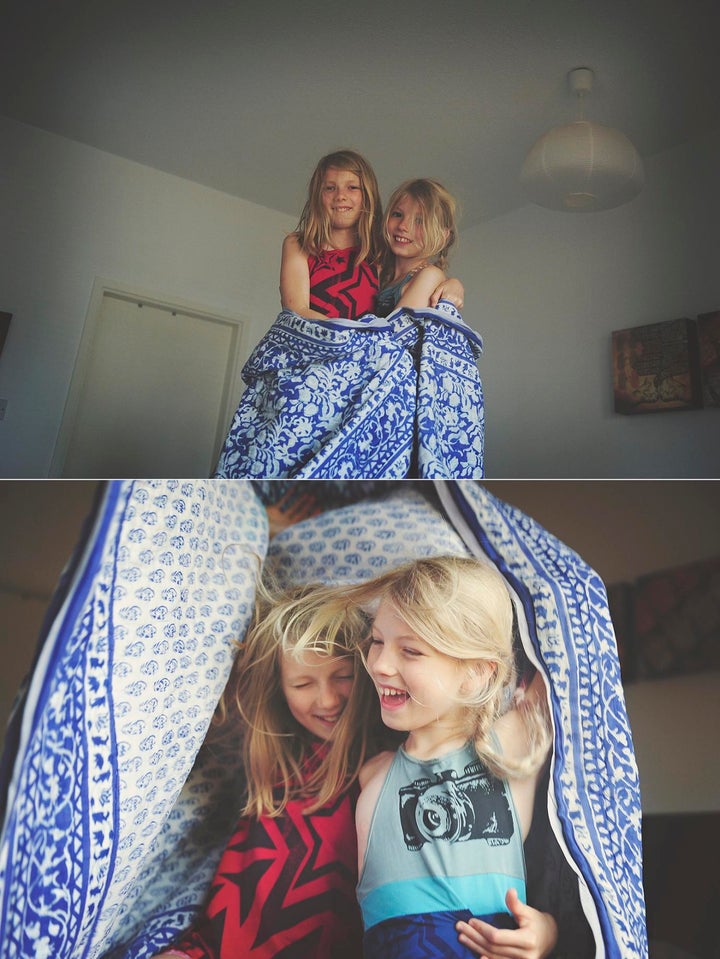
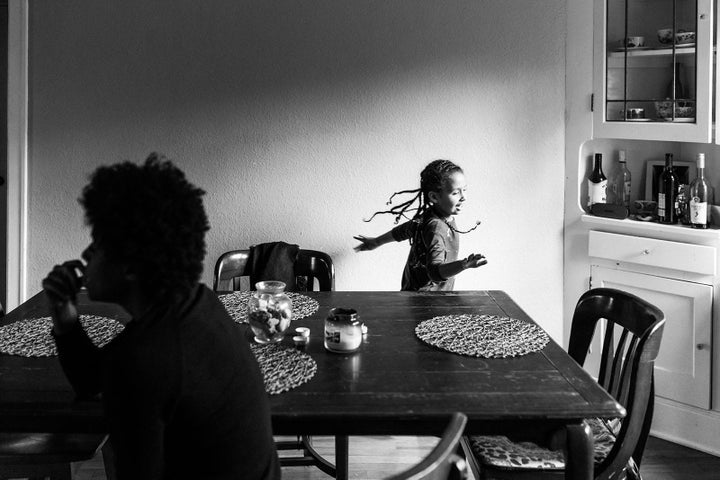
After

Before
I am documentary photographer, which means I do not manipulate a scene in any way. I give no art direction. I don’t tell people where to stand or how to pose. I don’t even turn on or off lights! Some people can find this approach to photography limiting, but I find it to be just the opposite. When I am free from concerning myself with things which are out of control then I can hyper focus on those things that I do control. When making a photograph I start with the background and I work forward. By composing what I want in or out of my frame I can make sure I am ready for the action. No matter if it is a mom & a newborn baby, kids running & playing, or a bird flying by I am prepped and in place. I then shoot through the moment of action. Later when I am culling the images on my computer I am able to select the best frame which shows the action in a clear moment of expression which works well within the composition. Composing your frame while being vigilant about your edges and then waiting for the moment is something every photographer can apply to their approach no matter what the genre.
I am often asked about how I’m able to produce such emotive images, especially when it comes to working with children. The truth is, my sessions look exactly like any other photographers. I don’t work with clients any different from yours! It has been my experience the best way to create images full of emotion and authenticity is to practice patience. Every time I work with families I can count on witnessing a wide range of emotions. Children often go through the entire spectrum of emotions from happy to sad within any given hour. I am happiest with my sessions when I go in without a list of poses or directions and follow the lead of my subjects. By giving them the freedom to explore and just be with each other I am able to photograph their interactions in a much more authentic way and allow myself to be inspired by these unique people and the way they interact with each other and the beautiful landscape we’ve chosen to explore together.

Final photo
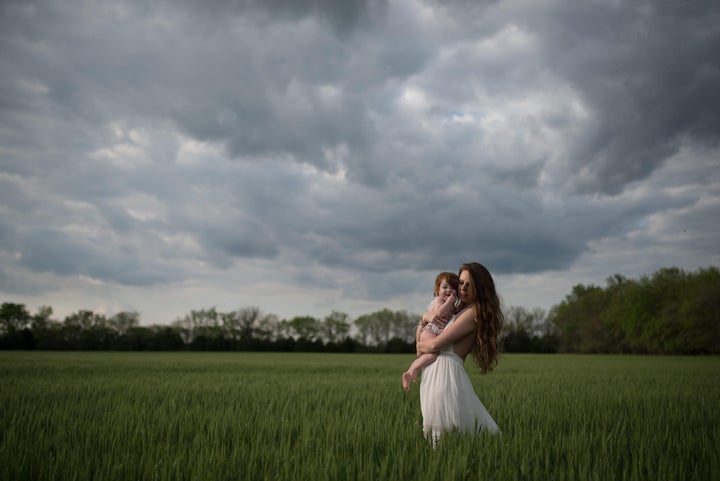
Before
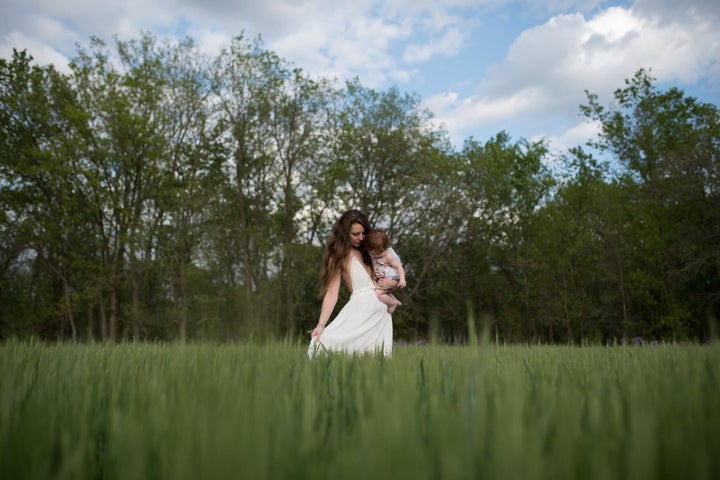
Pullback Image
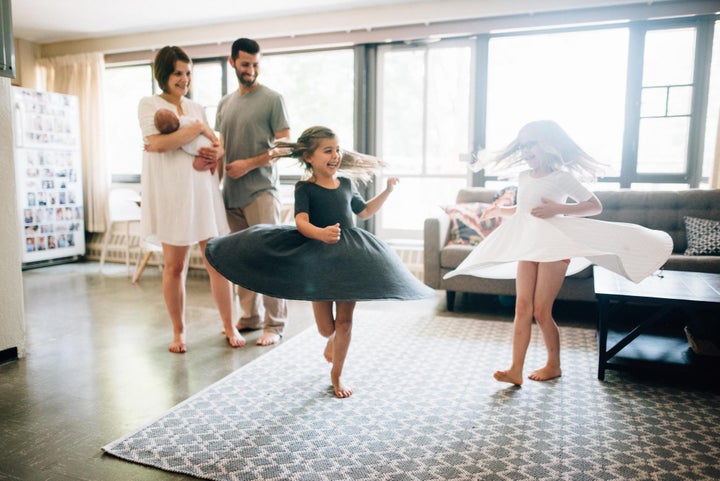
After
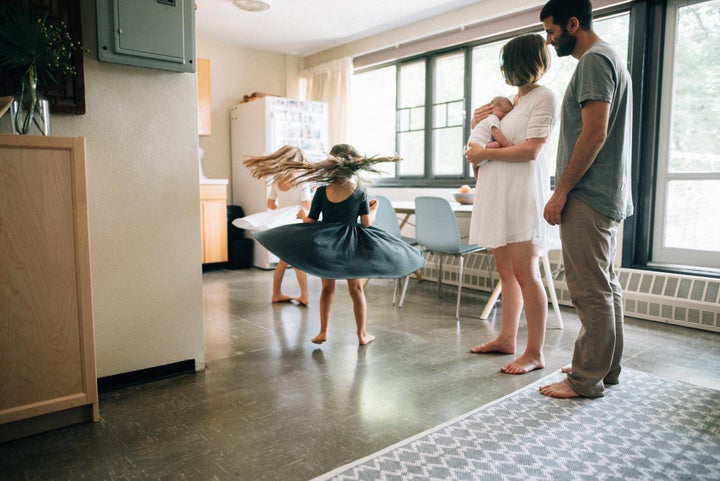
Before
The perfect image is so much more than saying "cheese" at the camera. It's a feeling, it's a moment, it's a memory. When you shoot from your heart and shoot with intent to capture emotion, the result is so much greater than the typical "smile at the camera" shot. When I'm with a client, or my family, I take a bit to soak in the atmosphere before I get started shooting. I interact with the subjects, find out what makes them tick, and very subtly guide them into moments of connection and emotion with each other. Sometimes the perfect moment happens when you aren't looking for it. You must relate with your subject on a deeper level to get authentic emotion, and that takes patience. I like to let things unfold in their own due time. That's when the magic happens, that's when memories are frozen in my camera.
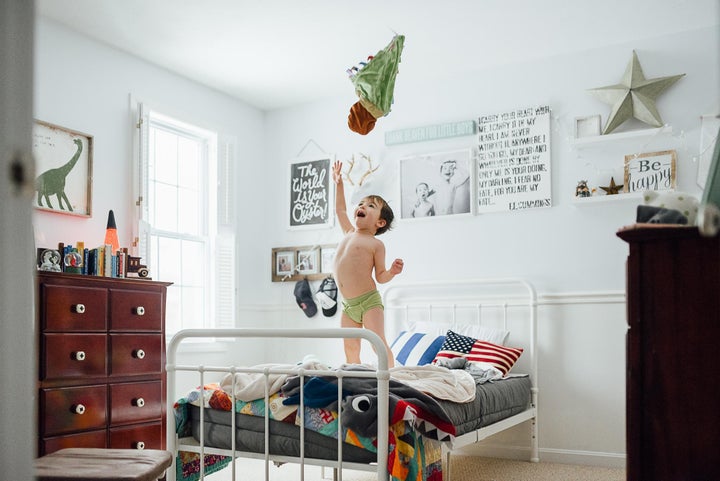
After

Before
When I first started photographing clients, I went through every possible trick I could think of to get my subjects into positions and poses that felt natural and communicated emotion. Then, after years of doing this, I realized I could take a short cut by simply SHOWING my clients the emotion I wanted to capture for them. I show it first by treating them with the kind of attention, presence, tenderness and silliness I would treat my own family with. I match the tone of my voice to the mood I know I want to photograph. I make eye contact with my subject conveying that same mood as if we are in on a secret together. This act is simple mimicking, but it’s incredible how much this has done to simplify and advance my photographic process.
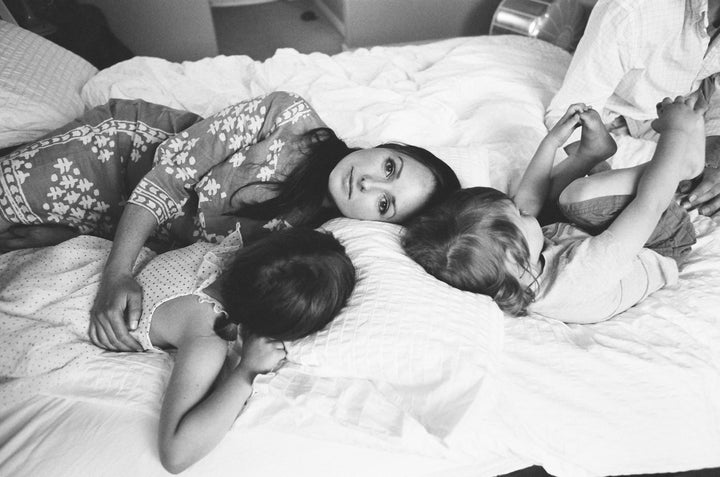
Follow Yan here.
With just a little thought, anticipating the moments after an “okay” moment can lead to stronger, more emotional images.
Photos used with permission. Contributor has no interest in anyone/anything mentioned.
